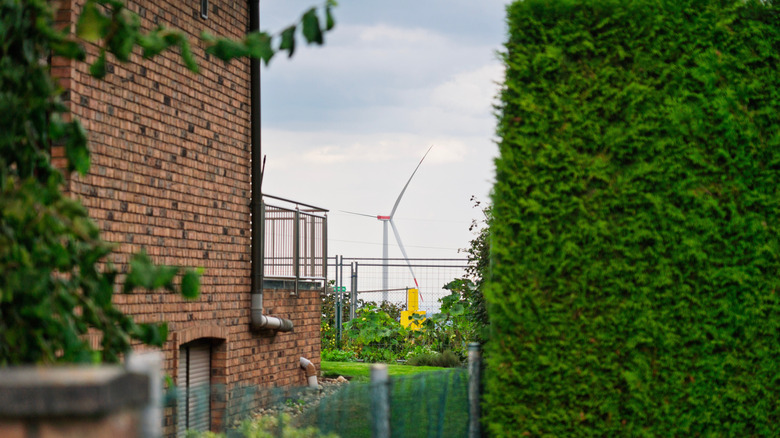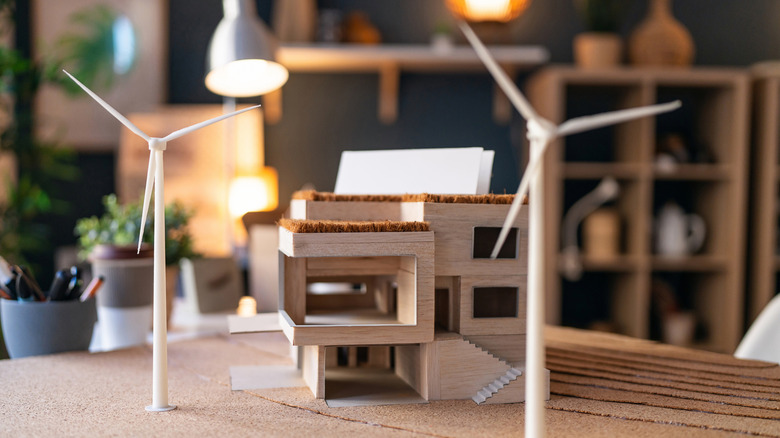What To Know Before Using A Wind Power Generator For Your Home
People interested in reducing their carbon footprint, along with their monthly energy costs, have an array of options to consider. One of them is wind power. If you've narrowed down your options and decided on wind power over solar energy, your research can move on to considering the setup costs for the equipment and the space needed for them to be practical, in addition to making sure you comply with local zoning requirements.
Wind power systems turn the wind's kinetic energy into electricity for the home without any greenhouse gas output, using a turbine and generator that are attached in one piece to a tower. Different types are used to power households: Generators with blades that spin vertically tend to take up less space than the more common varieties with horizontally-spinning blades. Depending on their size, they can generate between 400 watts and 100 kilowatts of energy.
Before even pricing them out, determine whether you live somewhere windy enough for this power generation method to be useful. Your area's a good candidate for wind generators if the wind speeds average more than 10 or 11 miles per hour. It can be hard to determine just how windy it gets around your home, so the National Oceanic and Atmospheric Administration's wind maps are a quick source for this information. If you're in a windy part of the country but don't have enough property or funds to install your own wind generator, check whether local utility companies utilize wind farms and have programs where some of your electricity is generated by them.
Consider cost and space requirements for wind power
While you can look forward to cutting down on energy bills with a wind generator, you need to plan for a high installation cost. Wind power generators cost between $3,000 and $35,000, a range affected by how much energy you need and the complexity of the installation. You can estimate this by finding the wattage of each appliance you use and multiplying it by the number of hours you run it. Implementing ways to reduce your home energy costs can make your initial investment smaller.
You should also take stock of how much space is available near your home, since the generators work best where there's enough space for the wind currents to power them. For the average home in the United States, this means you need at least an acre of property to work with. The blades alone on a small wind turbine can extend to 30 feet, making rural areas the best fit for this type of renewable energy. There are considerably smaller models with blades that extend 3 feet, like the Shine Turbine, but their power rating is relatively low, even for home use.
Your access to wind power depends not only on the amount of available space but the rules of local zoning boards, some of which impose height restrictions or require that the equipment be set back a certain distance from the property line. There's a long list of requirements for wind power alone to be a sensible way to power a home, and if you find yours doesn't meet them, check out alternatives like hybrid setups that also incorporate solar power. When cost is a barrier, a start toward renewable energy may rest in simple projects like DIY-ing a solar panel with aluminum foil for small energy loads, like powering phones.

